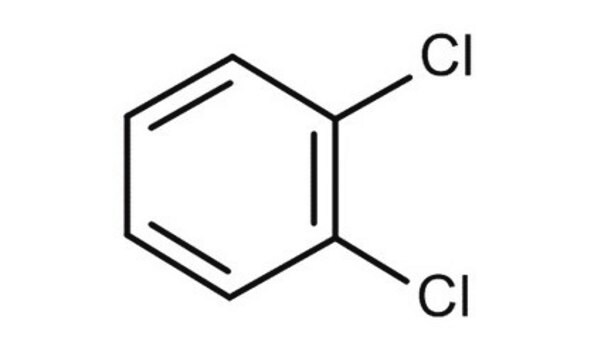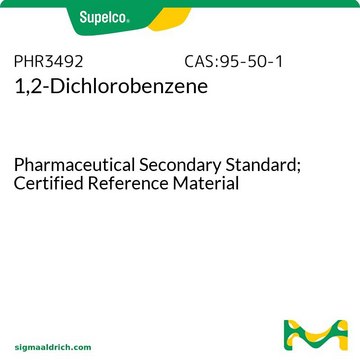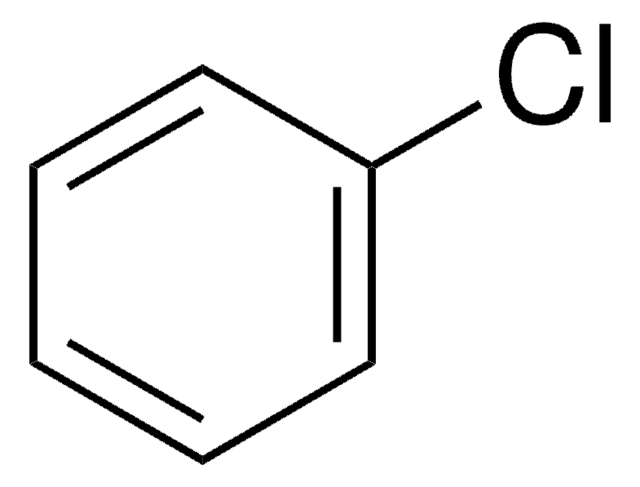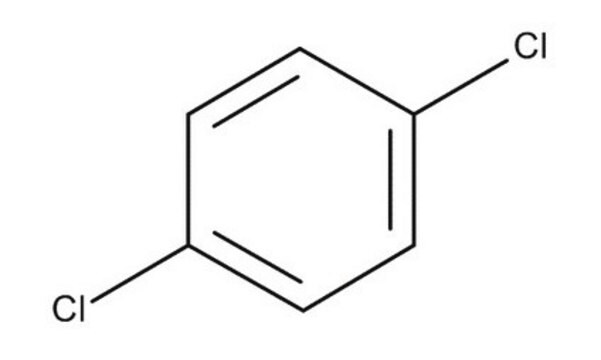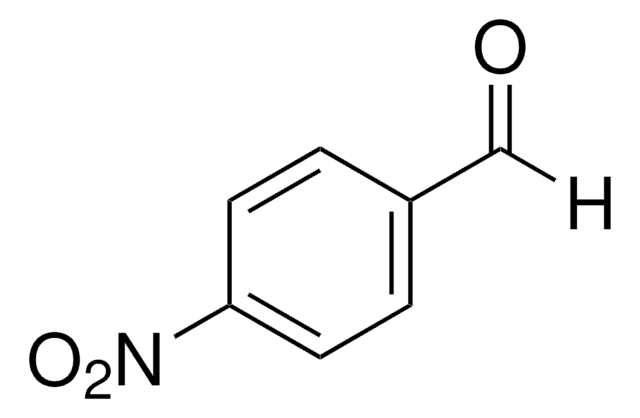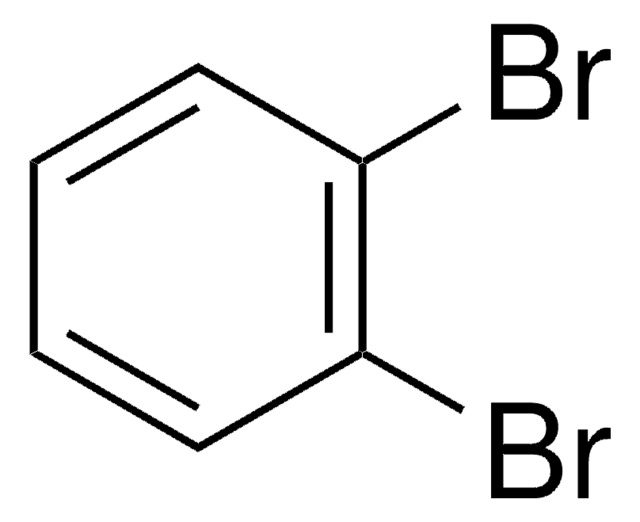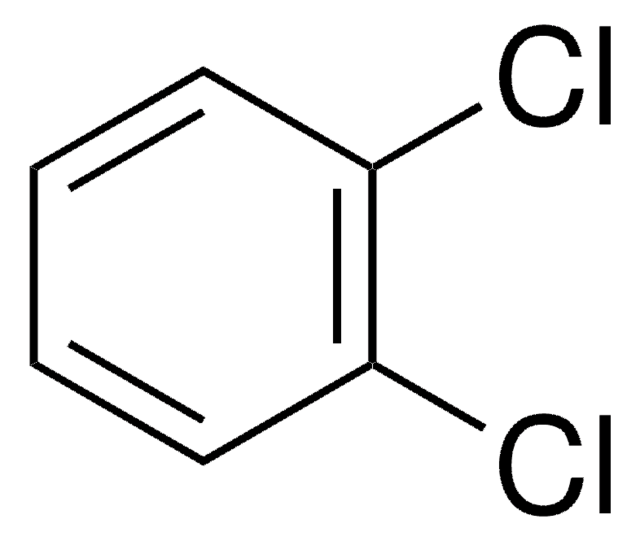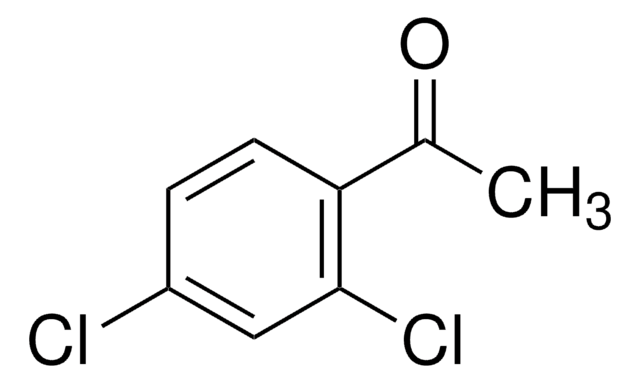113808
1,3-Dichlorbenzol
98%
Synonym(e):
m-Dichlorobenzene
About This Item
Empfohlene Produkte
Dampfdruck
5 mmHg ( 38.8 °C)
Qualitätsniveau
Assay
98%
Form
liquid
Brechungsindex
n20/D 1.546 (lit.)
bp
172-173 °C (lit.)
mp (Schmelzpunkt)
−25-−22 °C (lit.)
Löslichkeit
H2O: soluble 1.23 mg/L
alcohol: soluble
diethyl ether: soluble
Dichte
1.288 g/mL at 25 °C (lit.)
SMILES String
Clc1cccc(Cl)c1
InChI
1S/C6H4Cl2/c7-5-2-1-3-6(8)4-5/h1-4H
InChIKey
ZPQOPVIELGIULI-UHFFFAOYSA-N
Suchen Sie nach ähnlichen Produkten? Aufrufen Leitfaden zum Produktvergleich
Verwandte Kategorien
Anwendung
Signalwort
Warning
H-Sätze
P-Sätze
Gefahreneinstufungen
Acute Tox. 4 Oral - Aquatic Chronic 2
Lagerklassenschlüssel
10 - Combustible liquids
WGK
WGK 2
Flammpunkt (°F)
152.6 °F - closed cup
Flammpunkt (°C)
67.0 °C - closed cup
Persönliche Schutzausrüstung
Eyeshields, Faceshields, Gloves, type ABEK (EN14387) respirator filter
Hier finden Sie alle aktuellen Versionen:
Besitzen Sie dieses Produkt bereits?
In der Dokumentenbibliothek finden Sie die Dokumentation zu den Produkten, die Sie kürzlich erworben haben.
Kunden haben sich ebenfalls angesehen
Protokolle
US EPA Method TO-17: GC Analysis of Volatiles on VOCOL® after Collection/Desorption using Air Toxics Tube
Unser Team von Wissenschaftlern verfügt über Erfahrung in allen Forschungsbereichen einschließlich Life Science, Materialwissenschaften, chemischer Synthese, Chromatographie, Analytik und vielen mehr..
Setzen Sie sich mit dem technischen Dienst in Verbindung.


